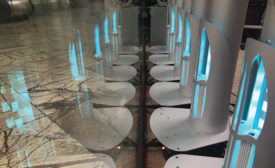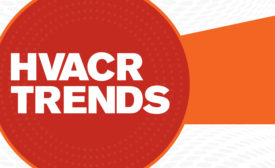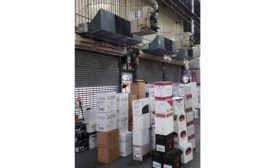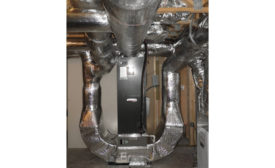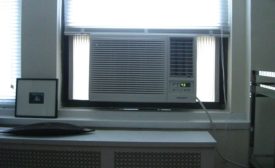Home » energy efficiency
Articles Tagged with ''energy efficiency''
IAQ driven by increased awareness among consumers
Read More
Energy-Efficient Equipment Is Not Enough to Truly Optimize an HVAC System
Following three key guidelines ensures significant savings
Read More
Global Change Relies Strongly on Individual Behavior, Outlook
Armstrong challenges everyone to join in its efforts for a sustainable future
Read More
Case Studies Show How Green Technology Helps Commercial Buildings
When Going Green Is Just Good Business
Read More
The Horrors of Hodgepodge HVAC
Contractors ask homeowners questions in order to find a solution to their comfort woes
Read More
Copyright ©2025. All Rights Reserved BNP Media.
Design, CMS, Hosting & Web Development :: ePublishing
